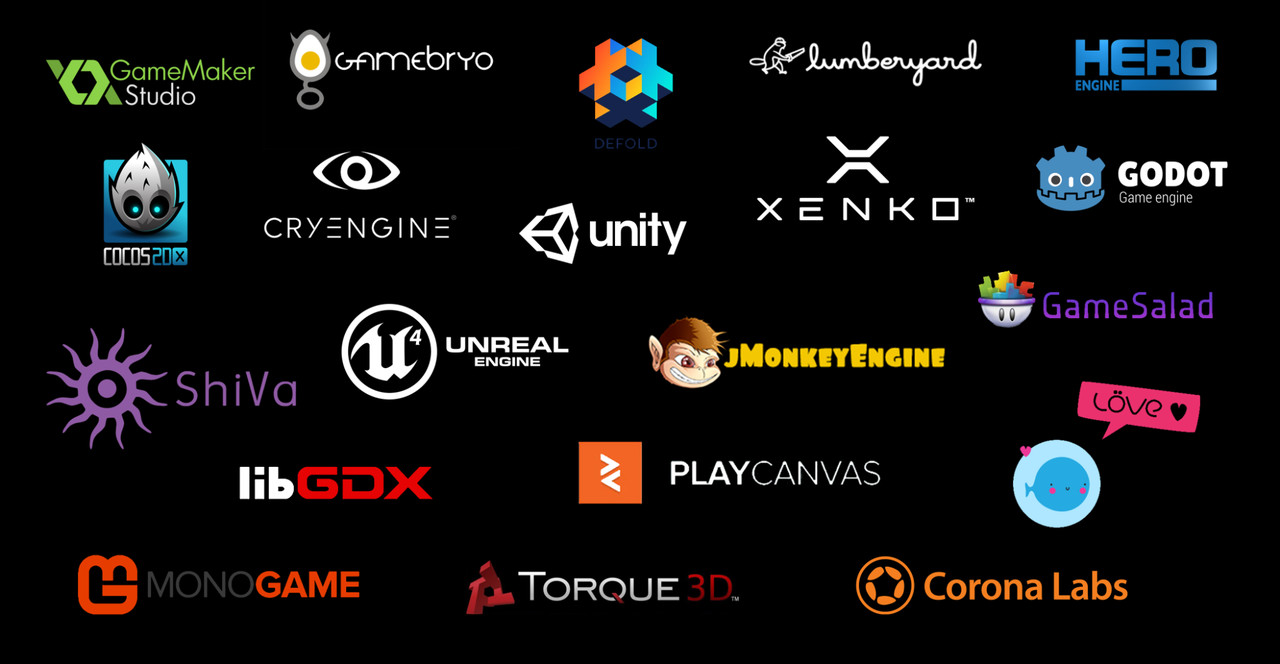3D game development refers to the process of creating video games that utilize three-dimensional graphics and environments. It involves designing, building, and implementing the elements necessary for a fully interactive and immersive gaming experience.
In 3D game development, developers use specialized software and programming languages to create the virtual worlds, characters, objects, and gameplay mechanics of a game. The process typically involves several stages, including:
- Concept and Design: This stage involves defining the game’s concept, story, characters, and overall gameplay mechanics. It includes creating concept art, storyboards, and game design documents that outline the game’s structure and features.
- Modeling and Texturing: Artists create 3D models of the game’s characters, objects, and environments. These models are built using polygons and are textured to give them realistic appearances. Textures can include color, surface details, and other visual effects.
- Rigging and Animation: 3D models are rigged with a digital skeleton and controls that enable them to move and perform animations. Animators then create animations for characters and objects, such as running, jumping, attacking, and interacting with the game world.
- Level Design: Level designers create the game’s levels or environments. They lay out the terrain, place objects and obstacles, define interactive elements, and design the overall flow and structure of the game.
- Programming and Gameplay Implementation: Programmers use coding languages and game engines to bring the game to life. They implement the game mechanics, physics, artificial intelligence, user interfaces, and other interactive features. They also handle input from controllers or keyboards, manage game states, and optimize performance.
- Audio Design: Sound designers create and implement the game’s sound effects, music, and voiceovers. This adds an auditory layer to enhance the player’s immersion and overall experience.
- Testing and Debugging: The game is thoroughly tested to identify and fix bugs, ensure smooth gameplay, and optimize performance. This iterative process involves playtesting, gathering feedback, and making necessary adjustments.
- Deployment and Distribution: Once the game is complete, it is packaged and prepared for distribution. It can be released on various platforms, such as consoles, computers, mobile devices, or online platforms.
3D game development requires collaboration between artists, designers, programmers, and sound engineers to create a cohesive and engaging gaming experience. It involves a combination of technical skills, creativity, and an understanding of gameplay principles to bring the virtual world to life for players to explore and interact with.
Tags:
3D animation, Computer-generated graphics, Virtual objects, Digital environment, Illusion of motion, Depth perception, Specialized software, Polygonal modeling, Shape and structure, Texturing, Rigging, Digital skeleton, Animation sequences, Keyframes, In-between frames, Lighting and shadows, Special effects, Camera movements, Particle systems, Simulations, Physics-based interactions, Rendering, Video production, Films, TV shows, Video games, Advertisements, Architecture, Product visualization, Scientific simulations, Entertainment industry, Gaming industry, Advertising industry


Leave a Reply
You must be logged in to post a comment.